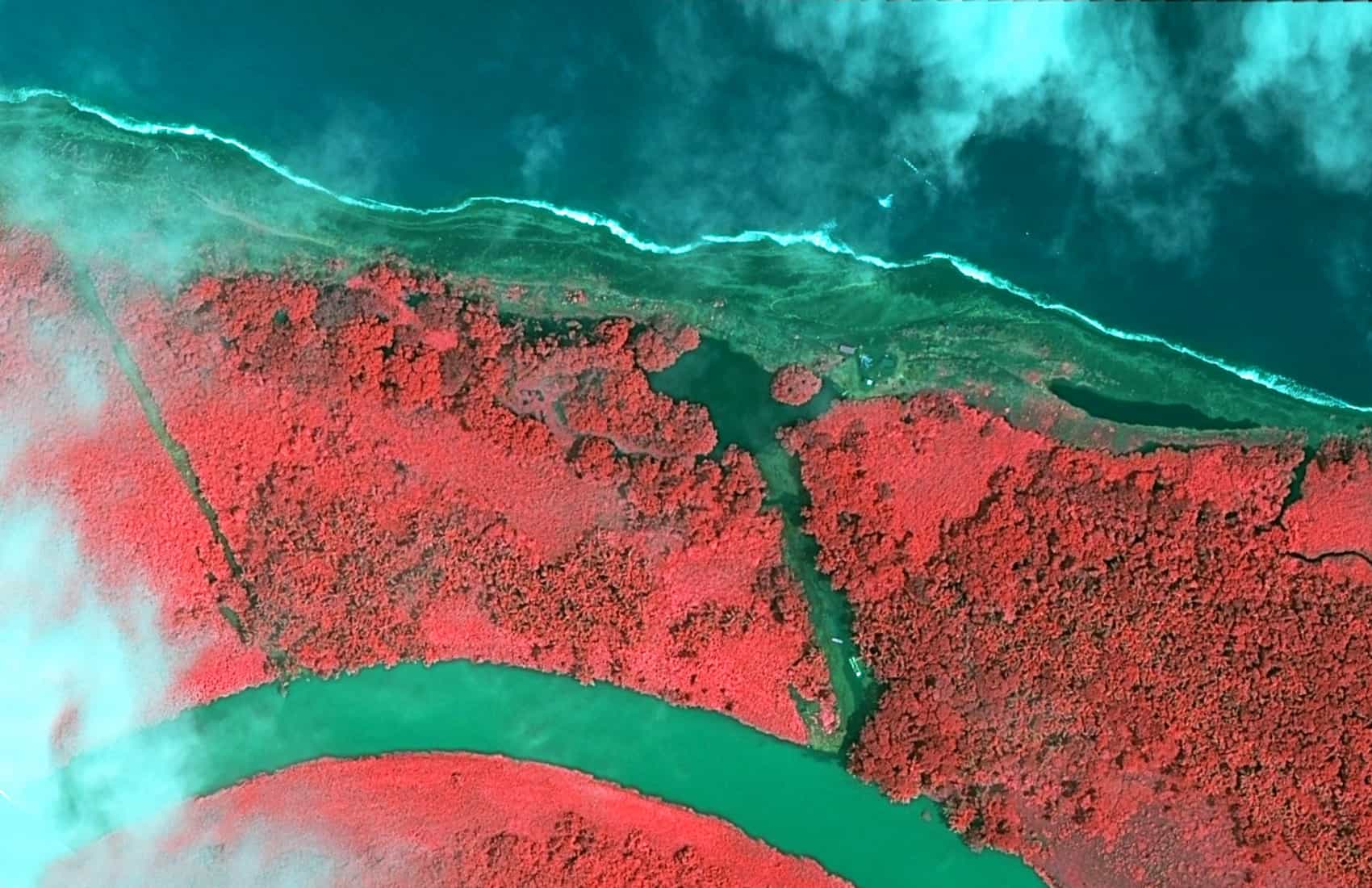Costa Rican Environment Vice Minister Ana Lorena Guevara reiterated on Thursday that Nicaragua’s dredging of two artificial canals in Costa Rica’s northeastern region had caused considerable environmental damage to protected wetlands.
“The environmental damage is so severe that it makes it impossible to fully restore the wetlands to their original state due to at least one of the two 200-meter canals,” Guevara said at a press conference on Thursday.
“The depth of the canal created by dredging did not leave sufficient substrate for species to grow back,” she said.
Environment Ministry (MINAE) officials joined a group of experts from the Convention on Wetlands of International Importance, or Ramsar, which included specialists in hydrology and marine biology.
The mission on Monday conducted air, aquatic and ground inspections in an area known as Isla Portillos, or Isla Calero, a small wetland of 1.2 square miles that both countries claim as their own. The case is being heard by the International Court of Justice in The Hague, Netherlands.
The wetlands, declared of international importance in 1996, were invaded by Nicaragua in 2010 with the goal of opening an artificial passage connecting the San Juan River and the Caribbean Sea for navigational purposes. The move led to an international dispute at The Hague-based court.
Recommended: A timeline of the dispute
On November 22, the world court ordered the removal of all dredging equipment, military personnel and civilian groups in the area, except Ramsar and Costa Rican environmental experts, who are conducting damage assessments.
Prior to the court rulings, Costa Rica in September released satellite photos showing the excavation of two canals in the disputed wetland, and this week’s inspection confirmed the canals currently have widths ranging from 12-28 meters, and depths ranging from 50 centimeters to 2 meters.
Material removed by the dredges formed small islands of sediment at various points in the previously flooded areas. “We could even walk over them,” Guevara said.
Trees and native vegetation also were removed. Inspectors found extensive damage to a never-before-registered mangrove, which is unique in this region of the Caribbean coast.
The western canal, located some 300 meters from the eastern canal, caused less damage, mostly deforestation, and MINAE believes the area could be naturally restored.
The eastern canal begins near the Caribbean shoreline, and officials say the world court rulings have prevented Nicaragua from finishing the canal, which would have led to the mixing of sea water and freshwater in the wetlands.
Experts on Monday found sand excavations on the beach and an artificial dam that drops three feet from the beach level to the dredging area.
“If they [Nicaragua] had finished this work, there would have been an intrusion of salt water into the wetlands’ fresh water that would have been catastrophic for the flora and fauna, which most likely would have disappeared,” the vice minister said.
Under surveillance
As in past MINAE missions, a Nicaraguan Army vessel followed the group throughout the day, starting at the San Juan River. Soldiers filmed and photographed the inspection. At one point a verbal confrontation took place between the two groups when soldiers tried to force inspectors to leave, Guevara said.
“We told them our group was part of an official mission of the Costa Rican government and the Ramsar Convention, and according to provisions of the world court at The Hague we had complied with the requirement of sending a written notice to the Foreign Ministry in Managua,” the Costa Rican official said.
María Rivera, a Ramsar adviser for the Americas, also spoke with soldiers. “She told them we had permission to be in the area and that a full report of the inspection would be sent to the Nicaraguan government in coming days,” Guevara said.
During past trips to the area, Nicaraguan soldiers blocked visits by experts by denying them navigation permits on the San Juan River. This time, inspectors entered the area by air.
The Ramsar experts will prepare a report of the inspection, which is expected to be made public in early April. That report will include recommendations for mitigating the environmental damage to the area.







